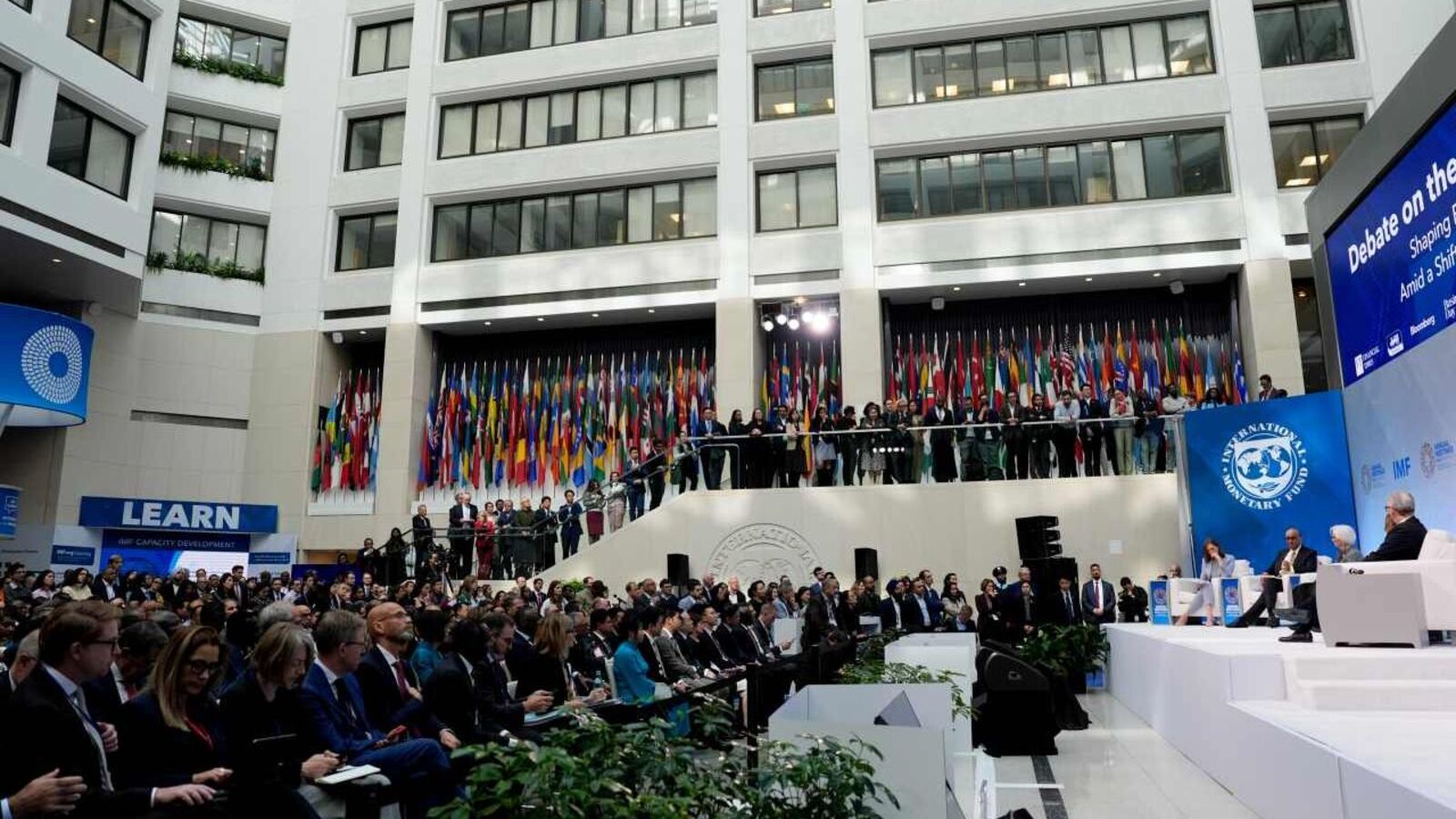The Federal Reserve, the world’s most powerful central bank, will be at the center of a crowded stage as its monetary-policy committee meets this week.
The Federal Open Market Committee will disclose its decision on interest rates—investors overwhelmingly expect a cut of a quarter of a percentage point—on Wednesday, at the conclusion of a two-day meeting. The Bank of Canada meets and announces its verdict the same day. The Governing Council of the European Central Bank and the Bank of Japan are both meeting on Wednesday as well, but will release their decisions on Thursday.
A two-day policy meeting at Chile’s central bank, winding up on Tuesday, is a bonus for monetary-policy fans, although its decisions hardly ever affect global markets.
It is rare for the four more influential banks to meet at the same time. It is the first time since at least the beginning of 2021 that policy makers at all four have gathered on the same day to deliberate rates, according to an analysis by the Dow Jones Market Data team.
Even simultaneous meetings of three of the four are unusual. At the end of July, the Fed, the Bank of Japan, and the Bank of Canada all met on the same day, but that was only the fourth time since the start of 2021. One other instance came in January 2025, while there were two in 2021.
Each of the four central banks hold a monetary-policy meeting eight times a year. There have been several instances of two central bank meetings overlapping.
Simultaneous meetings can have a spillover effect on the markets. More central banks lowering rates together can make money easier globally, especially if the Fed takes part. Changes in the federal-funds rate can affect the value of the dollar, the global reserve currency. A weak dollar, due to U.S. rate cuts, makes U.S. goods more affordable abroad. Globally, 54% of invoices are made in dollars.
“Sometimes, when economies are moving in a synchronized manner, this confluence can lead to large movements in markets as central banks react in a concerted manner,” wrote Seamus Smyth, the chief economist at Virtus Investment Partners, in an email to Barron’s.
But this time around, there is no sign of a synchronized shift in the world economy, he said.
Central banks are grappling with divergent problems. The Fed is expected to lower interest rates to revive the weakening U.S. jobs market. In Europe, policy rates are expected to be unchanged for the third consecutive time because inflation remains contained, giving the ECB no reason to wind back the eight rate cuts it implemented from 2024 through June.
The Bank of Canada is likely to cut interest rates this week for the second consecutive time, “although it’s a close call,” according to Mike Schumacher, head of macro strategy at Wells Fargo. Strong jobs data and stubborn inflation could stop the bank in its tracks.
In Japan, expectations of a rate increase have declined substantially due to the risk of political pressure. Sanae Takaichi, Japan’s new prime minister, last year said it was “stupid” to raise rates, so investors are feeling wary. Goldman Sachs says a rate increase in January is its base-case expectation.
The differing priorities mean the banks aren’t likely to all move in the same direction. Some central banks are prioritizing economic support, while some are more focused on inflation.
“Nonetheless, a likely further Fed rate cut combined with resilient earnings should help keep risky assets supported,” wrote BNP Paribas in a research note.
